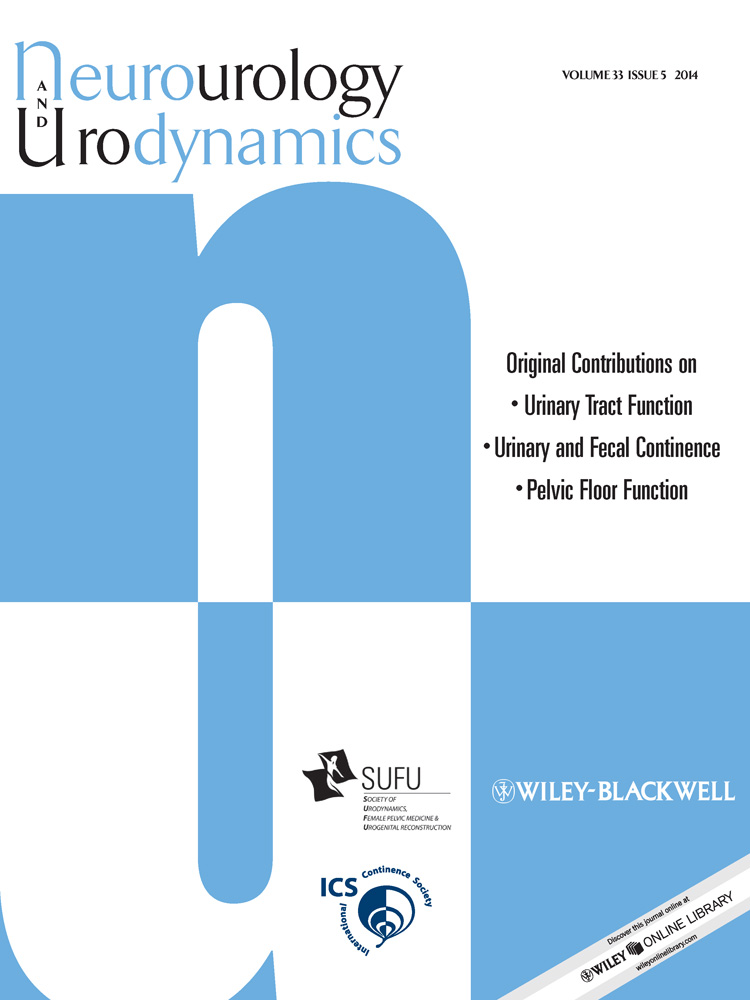Do patients with symptoms and signs of lower urinary tract dysfunction need a urodynamic diagnosis? ICI-RS 2013
Abstract
Aims
The ICI-RS Think Tank discussed the diagnostic process for patients who present with symptoms and signs of lower urinary tract (LUT) dysfunction. This manuscript reflects the Think Tank's summary and opinion.
Methods
An overview of the existing evidence and consensus regarding urodynamic testing was presented and discussed in relation to contemporary treatment strategies.
Results
Evidence of the validity of the diagnostic process in relation to the contemporary management paradigm is incomplete, scattered, and sometimes conflicting and therefore a process redesign may be necessary. The Think Tanks' suggestion, contained in this manuscript, is that the symptoms and signs that the patients present can be more precisely delineated as syndromes. The overactive bladder syndrome (OAB-S); the stress urinary incontinence syndrome (SUI-S); the urinary incontinence syndrome (UI-S); the voiding dysfunction syndrome (VD-S); and or the neurogenic LUT dysfunction syndrome (NLUTD-S) may become evidence based starting point for initial management. Consistent addition of the word syndrome, if adequately defined, acknowledges the uncertainty, but will improve outcome and will improve selection of patients that need further (invasive) diagnosis before management.
Conclusions
The ICS-RS Think Tank has summarized the level of evidence for UDS and discussed the evidence in association with the currently changing management paradigm. The ICI-RS Think Tank recommends that the diagnostic process for patients with LUTD can be redesigned. Carefully delineated and evidence based LUTD syndromes may better indicate, personalize and improve the outcome of initial management, and may also contribute to improved and rational selection of patients for invasive UDS. Neurourol. Urodynam. 33:581–586, 2014. © 2014 Wiley Periodicals, Inc.




